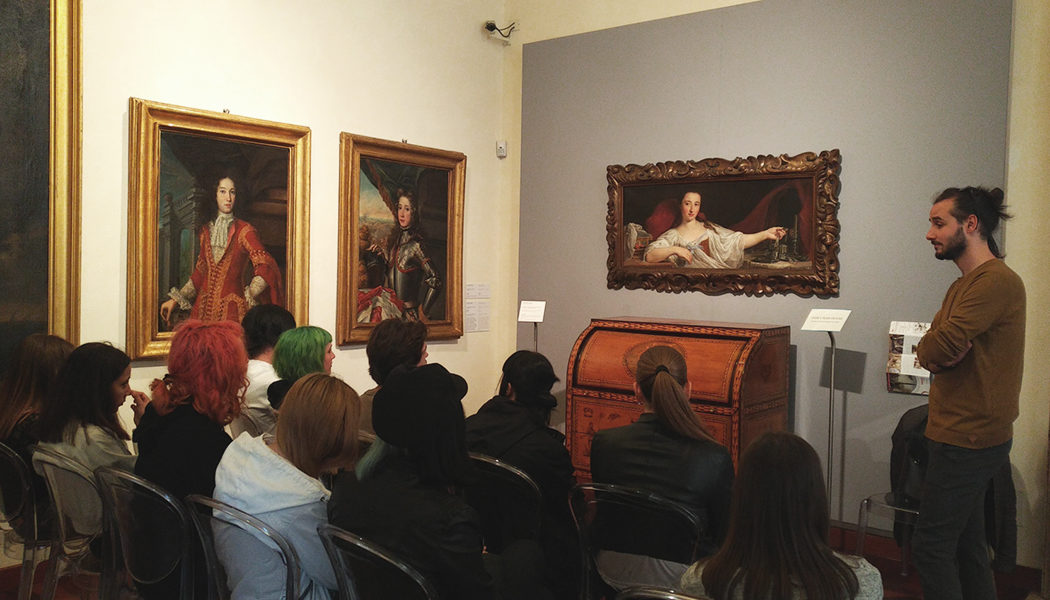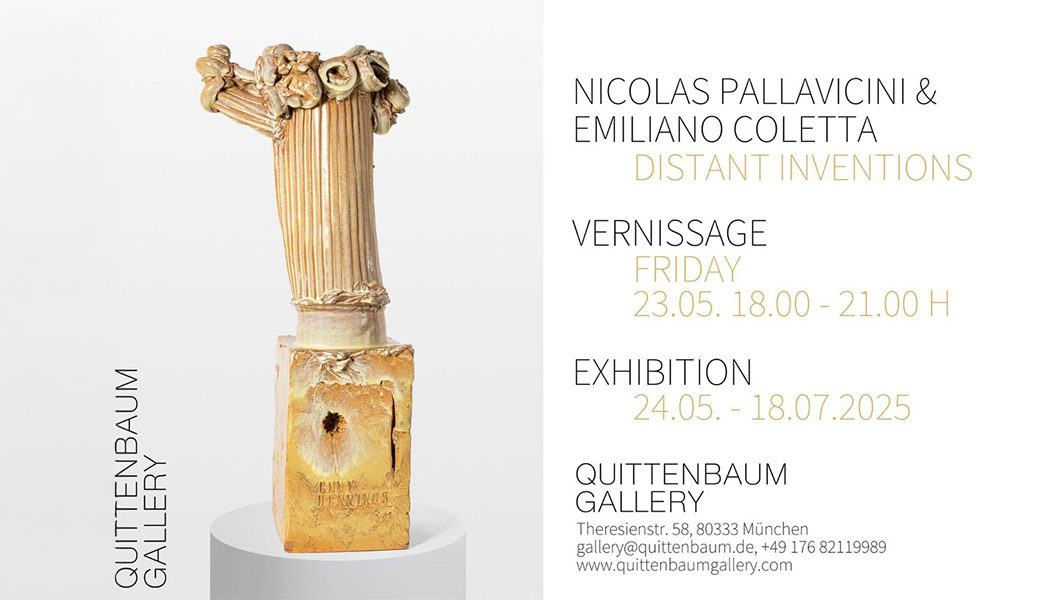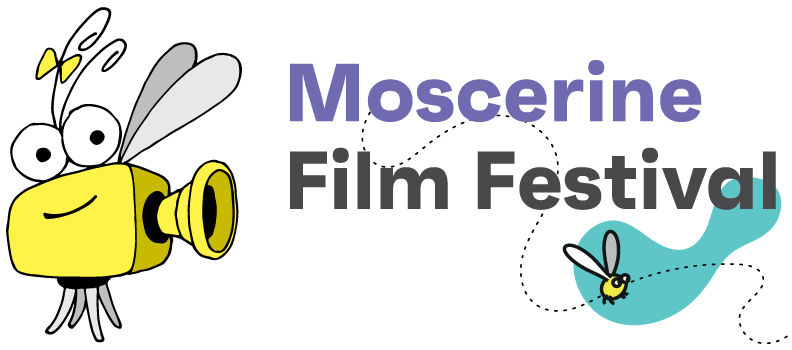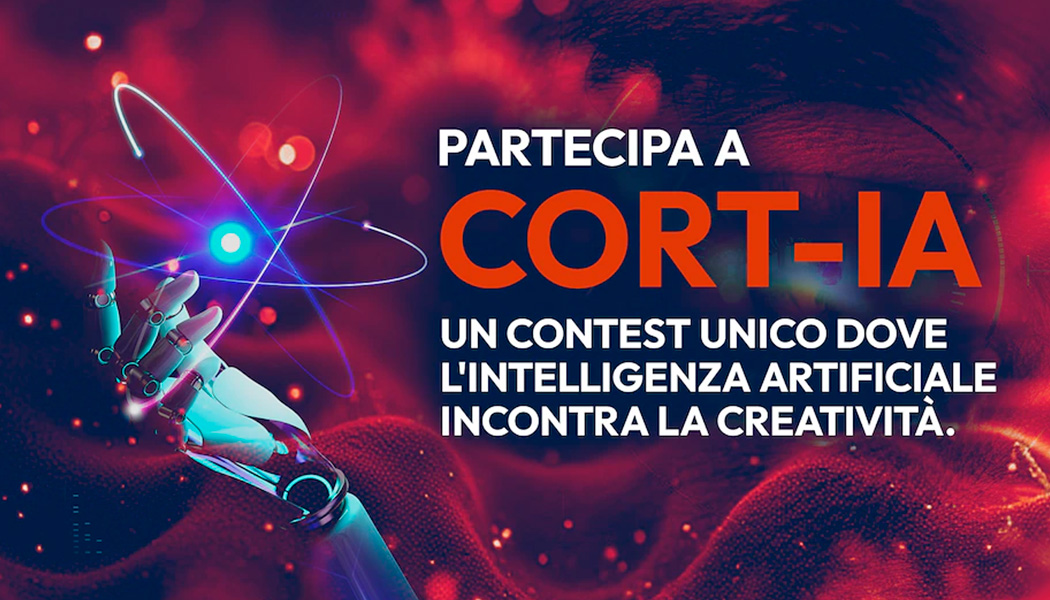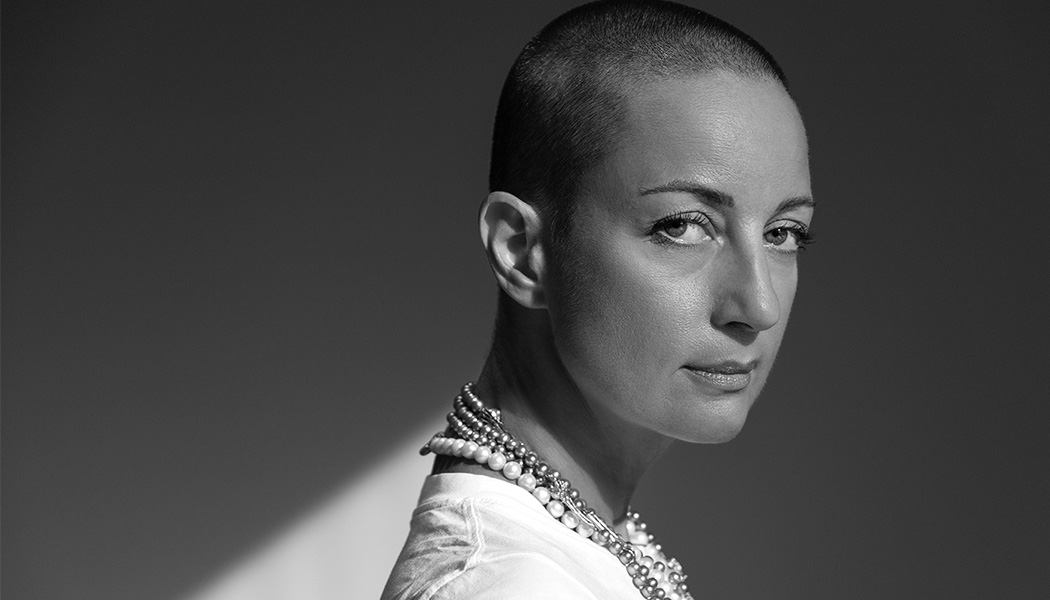It happens to everyone, at least once in their life, to be disappointed in a work of art that is illustrated and explained by an expert, but without dwelling on that detail, that detail in the image that, instead, had aroused interest and curiosity. It is in this scenario that the experience of “dialogical teaching” finds its raison d’être. This activity took place at the RUFA Space, in via degli Ausoni 7, with the participation of the historian and art curator Fulvia Strano. The initiative was coordinated by the lecturer Emiliano Coletta and moderated by Fabrizio Pizzuto.
“If we talk about visual arts – explains Dr Strano – then it is the eye that dictates the rules of the game: if the eye sees something, that thing is there; and if it is there it is never by chance or by mistake. So, anyone who sees it and rightly asks the question not only has the right to express his or her own doubt, but should at least find an answer, if not an answer, to his or her own questions. And from these premises, a series of meetings with the public took place in the rooms of the Civic Museum of Palazzo Braschi. In front of the eyes a work of which no indications are given, with the public who sits in the room without knowing first which is the work chosen and having in front of the caption covered. The curator, who here assumes the role of “facilitator”, circulates the emotions and sensations expressed by the public, in a form of guided dialogue, the so-called “dialogical teaching”, which allows everyone to actively participate in the understanding of the work and its reading.
The effectiveness of the methodology consists in the number of participants: the audience must not exceed 15/20 people. On this particular occasion, the meeting, called “CON I TUOI OCCHI” did not take place in the halls of a museum, but in a place dedicated to training and comparison, as RUFA – Rome University of Fine Arts.
“RUFA – remarks the director Fabio Mongelli – is an Academy of Fine Arts and as such, as part of its teaching mission, must open up to new methods and new teaching standards. The collaboration that has been established with Palazzo Braschi, which has already seen the teachers and students of the School of Photography take part in the exhibition “Roma nella camera oscura” is now enriched by this new opportunity. I would like to thank the Museum’s management and Dr. Fulvia Strano for having made it possible for RUFA to host the project. For students of Visual Arts it was been an opportunity for growth and unique confrontation.
